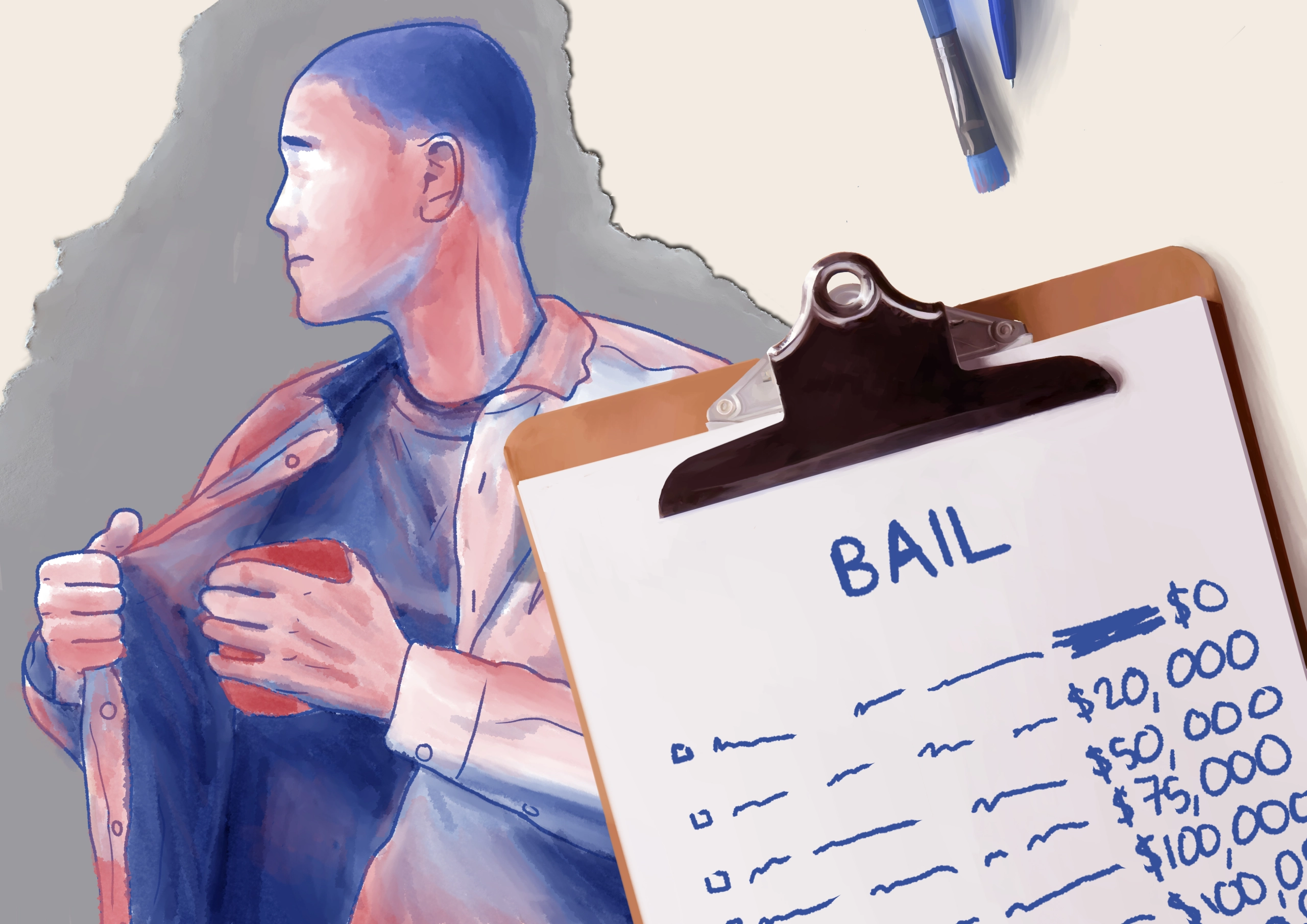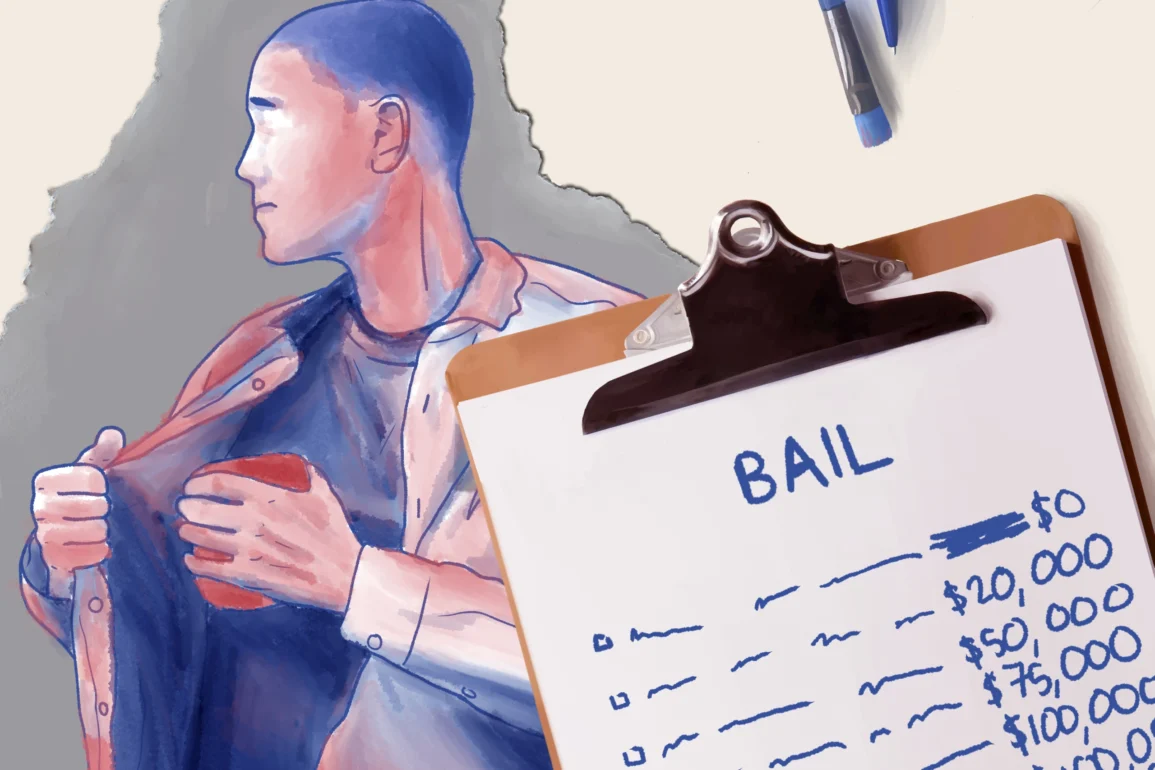
Following up from “Public Disclosure”’s last installment on statewide crime policy, I’d be remiss if I moved on without discussing some important local developments on our own city’s criminal justice environment — namely, our local bail laws.
In the last year alone, Los Angeles has seen a 52% increase in store robberies for both felonies and misdemeanors — with only about 10% leading to an actual arrest. But why is the rate so low, and could it be contributing to the uptick we’ve seen in smash-and-grabs around the city? To answer that question, we’ve got to contextualize it with a law about to take effect Oct. 1 — the zero-bail system.
Prior to this law, the way bail worked in the state of California was pretty straightforward. If you got arrested and charged with a crime, a certain money amount will be on a bail schedule next to that specific offense; it’s essentially a list of “prices” that can be posted for you to await your trial date outside of a jail cell with the promise you’ll reappear in court, which is returned to you if you’re found not guilty.
There are some traditional exceptions that are made to deny an arrestee bail if they’ve been deemed a flight risk or if they’ve committed a certain classification of a crime (felony or misdemeanor, violent or non-violent, pansy-ass or think-you’re-a-tough-guy-huh) — and this summer, what crimes do or do not fall in that list make up the zero bail system taking effect soon.
Aside from containing the complete list of money amounts for every crime in the book, the 2022 L.A. County Felony Bail Schedule has a computation sheet that can raise an already hefty amount for a felony even higher, depending on a judge’s discretion on the case as well as the offense’s … “enhancements.” Was the offense committed for the benefit of a gang? Add $40,000 to the presumed bail. Has the arrestee served a prison term during the past five years? Add $10,000. It’s the county’s most destructive choose-your-own-adventure novel.
But even more essential to understanding our bail system here and across many states is knowing that rarely do arrestees actually pay these prices — bail bonds usually rise to the occasion as a way of ensuring defendants appear in court. This kind of bond, known as a surety bond, allows the defendant to pay a bondsman 10% of the calculated bail for their crimes in exchange for the business itself to post the full amount. Other ways of posting bail in California include property bonds — where you use your equity in real property as collateral — or using cash.
As you might’ve guessed, this system, especially the use of cash bail, has received backlash for years as being unfair toward defendants — especially those who are low-income, those who committed nonviolent offenses, job seekers, students and people without alternative childcare options if they are sent to jail. Most crimes are not committed by those who have thousands of dollars of disposable income that could be spent to post bail or by people who own a lot of real property equity to begin with — to quote my “Crime and Public Policy” professor, crime itself is about the “haves” and the “have-nots.”
The new zero bail policy, instituted during the coronavirus pandemic to ease overcrowding in jails, pretty much eliminates this punishment for most low-level misdemeanors and nonviolent felonies, including things like theft, traffic offenses, vandalism or possession of a controlled substance, to name a few. Instead, during the typical two-to-five-day period that a defendant waits to be arraigned in jail, they will be released until their court date.
Many have lauded the new policy as a way to decriminalize minor offenses, with Illinois even becoming the first state to abolish cash bail statewide — yet stakeholders in L.A. are nowhere near a consensus.
A Superior Court judge in L.A. County recently issued a fascinating preliminary injunction preventing the city and county from enforcing the old money bail system for these crimes, declaring it unconstitutional. His decision cited many academic studies that have, in his words, showed that “money bail regimes are associated with increased crime and increased FTAs [failures to appear] as compared with unsecured bail or release on non-financial conditions.”
Yet Deputy District Attorney Eric Siddall criticized the judge’s decision, citing the lack of evidence the judge had in support of the current cash bail system’s effectiveness.
“It’s 100% ‘catch and release,’” Siddall said in an interview with Spectrum News 1 in May. “That’s basically going to be the policy of Los Angeles County for lower-level felonies and most misdemeanors. You do a smash-and-grab, you’re going to be released in time to do a second one on the same day.”
With so many opinions swirling on the nature of punishment, it’s time for us to start asking questions — and to take the next few months to observe how the city’s official start to the zero-bail system affects law enforcement, recidivism (how likely a criminal is to reenter the justice system) and the rate at which nonviolent offenses are committed. We’ll also need to weed out other correlative factors about smash-and-grab upticks, poor arrest rates and debate critically about what truly works in our criminal justice system — not just stick to the narrative that might make us feel the most comfortable.
Reform has rarely been comfortable, uncomplicated or perfect when it comes around the corner — and our bail system is no exception.
CJ Haddad is a junior writing about local, state and federal laws we use in our daily lives. She is also an associate managing editor at the Daily Trojan. Her column, “Public Disclosure,” runs every other Thursday.
This post was originally published on this site be sure to check out more of their content.







